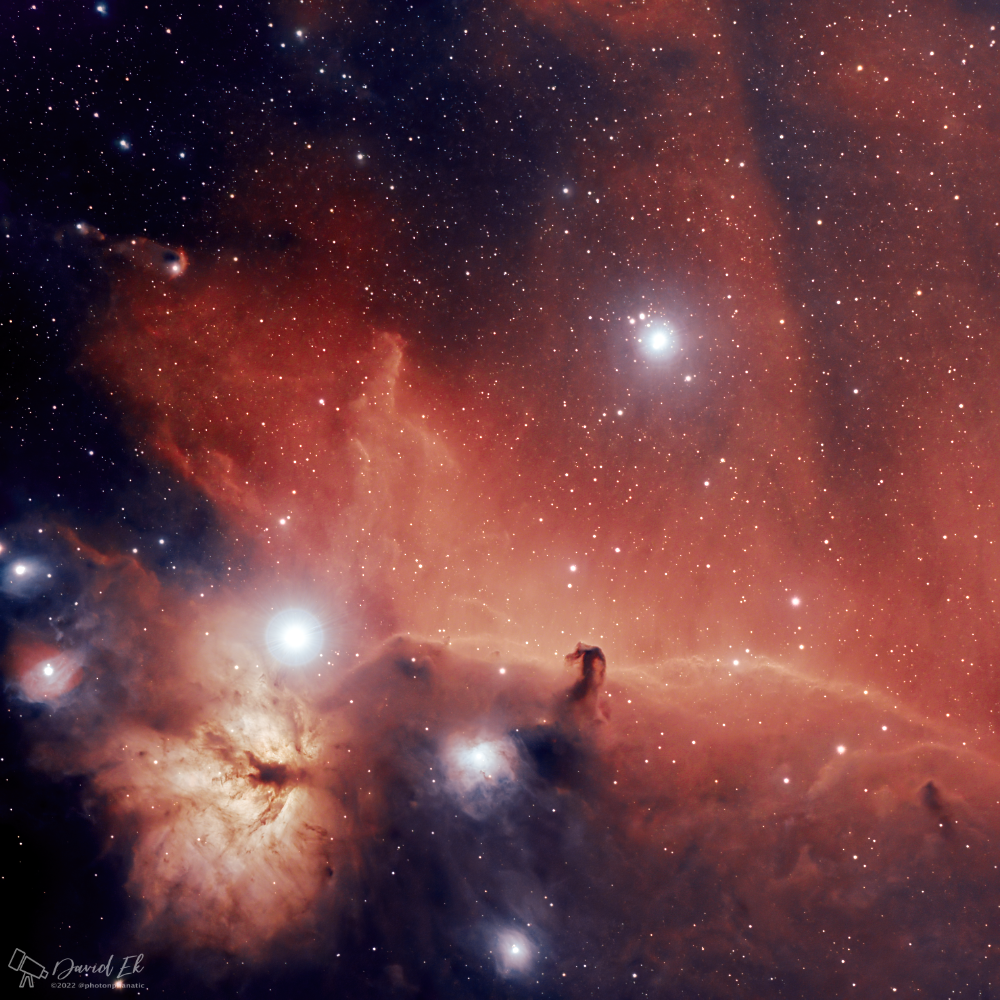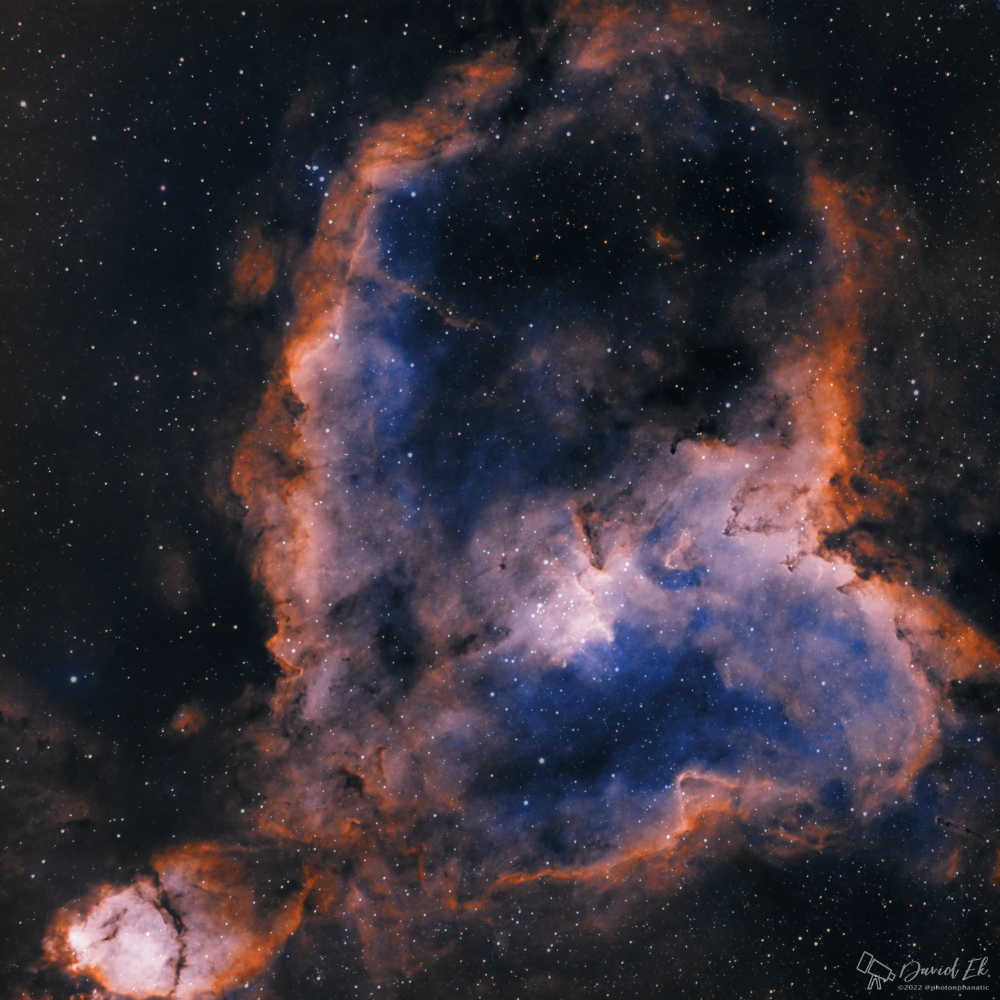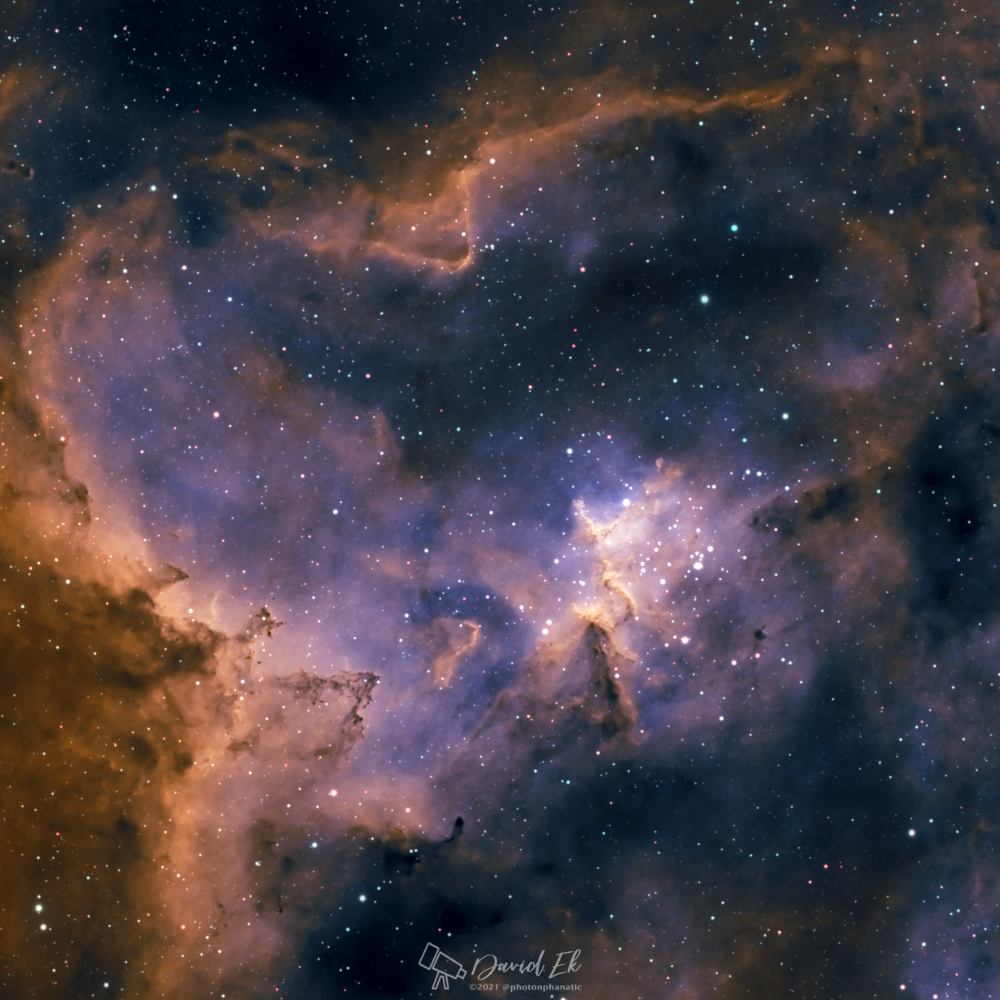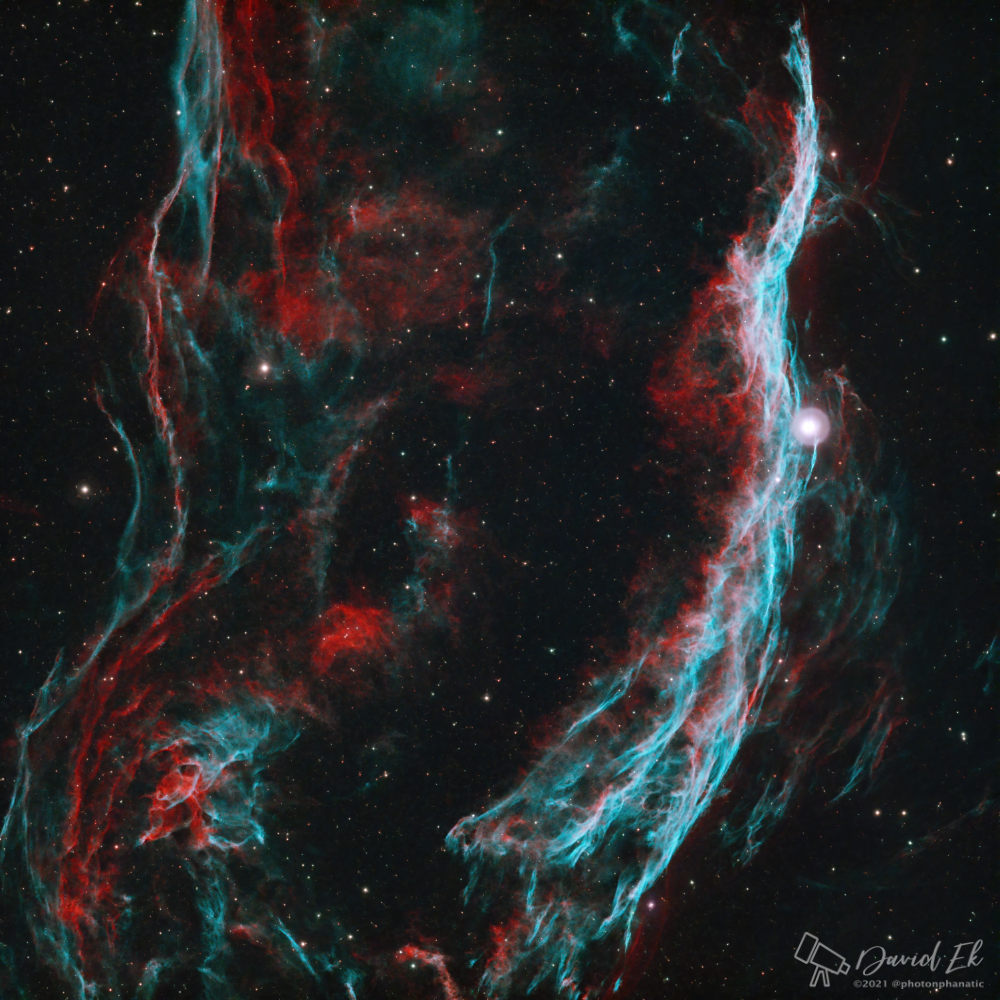After a long summer of short, cloudy evenings, I’m finally back at shooting astrophotographs. In the spring I picked up a new mono camera, the ZWO ASI533MM Pro, and a set of Optolong narrowband filters for hydrogen-alpha (7 nm), sulfur-II (6.5 nm), and oxygen-III (6.5nm). I also picked up the ZWO mini filter wheel so I could automate my filter changes. Last week I finally got them all out for some shooting, and I spent three nights shooting subs of the Cygnus Wall, a star formation region of the North American Nebula (NGC7000) in the constellation Cygnus.
Continue readingCategory Archives: Astronomy
How-To Video for the Digital Setting Circles ASCOM Driver
I finally took a step into the 21st century and created a video showing how to set up and use my Digital Setting Circles ASCOM driver with Stellarium (a very popular planetarium program for PCs). The video is linked on my ASCOM Driver page, or you can watch it here.
Monochrome Imaging and the Pinwheel Galaxy
This past week I finally received the brand-new ASI533MM Pro cooled monochrome camera from ZWO. After having used its color brother (the ASI533MC Pro) for over a year now, I was excited when ZWO announced the monochrome version a few months ago. Mine finally arrived, and all I needed was a decent night with clear skies to give it a try. Monochrome imaging is something I hadn’t attempted before, and I was eager to give it a shot.
Continue readingThe Horsehead and Flame Nebulae
I was happy to get a few clear nights after the new moon to capture another image, this time the Horsehead and Flame nebulae in the constellation Orion. I was able to use 107 3-min exposures to create the image you see here. It was taken using my Sky-Watcher Esprit 100 f/5.5 apo refractor on an iOptron GEM45 mount, this time using my new Starizona Apex ED-L 0.65x reducer (so the effective focal ratio for this image was f/3.6). The image was captured using my ASI533MC Pro camera with an Optolong L-Pro filter.
Continue readingThe Heart Nebula
After a two-month layoff, I was finally able to try out my new Starizona Apex ED-L 0.65x focal reducer with my Sky-Watcher Esprit 100 refractor. This combination increased my field of view enough that I was able to capture the entire Heart Nebula, and this is the result. The Apex reducer seems to have done a good job at least over the field of view captured by my ZWO ASI533MC Pro camera. The Apex is supposed to handle sensors up to the size of APS-C, but I haven’t been able to test that–yet.
This image was captured with an Optolong L-eXtreme filter and consists of 60 5-minute subs, plus calibration frames. Processed using PixInsight with StarNet++ version 2.0, along with Affinity Photo and Topaz Sharpen AI.
The Heart of the Heart Nebula
I tried imaging the Heart Nebula about a year ago, when I first started shooting astrophotographs. At that time, I was using an unmodified Canon DSLR (the 250D), and I was still pretty inexperienced in processing my astro data. Unsurprisingly, the result was not great, and I was gun shy about trying to shoot it again. But I gave it a shot again a few days ago, this time armed with a dedicated astro camera (the ASI533MC Pro color camera), an L-Extreme dual-narrow-band filter, and a lot more experience processing images (as well as PixInsight now being in my toolbox). I’m much more pleased with my result this time around.
Continue readingThe Wizard Nebula
The Wizard Nebula is a region of glowing gases (nebulosity) around a cluster of stars known as NGC 7380 (NGC = New General Catalog). The gases are primarily hydrogen and oxygen and glow because they are ionized–ultraviolet light from the nearby stars imparts energy to the electrons in the gases, sometimes resulting in the electrons being stripped from the gas atom’s nucleus. The electrons will ultimately recombine with the atoms and give off their excess energy in the form of the light that we see.
The Wizard Nebula is thought to be 5 – 10 million years old. It is 20 light years across and lies a distance of about 8500 light years from us. It lies in the constellation Cepheus, which is in the northern region of the sky.
Continue readingThe Bubble Nebula Revisited
I originally shot and processed the Bubble Nebula a few nights ago, posting an image with a larger field of view that included M52, the Cassiopeia Salt and Pepper Cluster. From the start I knew I wanted to revisit that data and crop in on the Bubble Nebula itself to see what I could do. This is the result. One of the many new things I learned while processing this in PixInsight was how to do deconvolution. I wouldn’t claim that I’ve mastered it, but I did manage to improve the sharpness of the image using that technique.
Although I’m still a relative newbie to PixInsight, one of the script libraries I use frequently is the EZ Processing Suite. I use it for denoising, stretching, and now also deconvolution. I also use the Weighted Batch Preprocessing script (included with PixInsight) for doing all my calibration and stacking tasks. Seasoned users of PixInsight are already familiar with these scripts, but if you’re a newbie you may not yet have encountered them.
The Ghost Nebula
The Ghost Nebula (IC 63) resides in the constellation Cassiopeia, not far from the middle star of the “W” shape that makes Cassiopeia so recognizable in the night sky. I saw someone else’s image of this nebula several days ago on Instagram and decided that I needed to try shooting it for myself. I captured 7 hours of data on this nebula over the course of two nights (using the rest of my time over those nights to capture the Witch’s Broom Nebula). This is once again a narrow-band image using the Optolong L-Extreme dual-band filter, shooting with a ZWO ASI533MC Pro cooled color camera through a Sky-Watcher Esprit 100 f/5.5 apo refractor on an iOptron GEM45 mount. Processed using PixInsight, Affinity Photo, and Denoise AI.
The Witch’s Broom Nebula
After shooting the East Veil Nebula a month or two ago, I wanted to come back to more of the Veil Nebula complex in Cygnus and shoot other parts of it. I love the colors and the wispiness of this nebula, and my narrow-band filter does a fabulous job on it, IMHO. By the time I got back to this target, it was high enough in the sky at dusk that I could only shoot it for about four hours a night. I managed to capture a total of seven hours on this target over the course of two nights. This is once again a narrow-band image using the Optolong L-Extreme dual-band filter, shooting with a ZWO ASI533MC Pro cooled color camera through a Sky-Watcher Esprit 100 f/5.5 apo refractor on an iOptron GEM45 mount. Processed using PixInsight, Affinity Photo, and Denoise AI.









